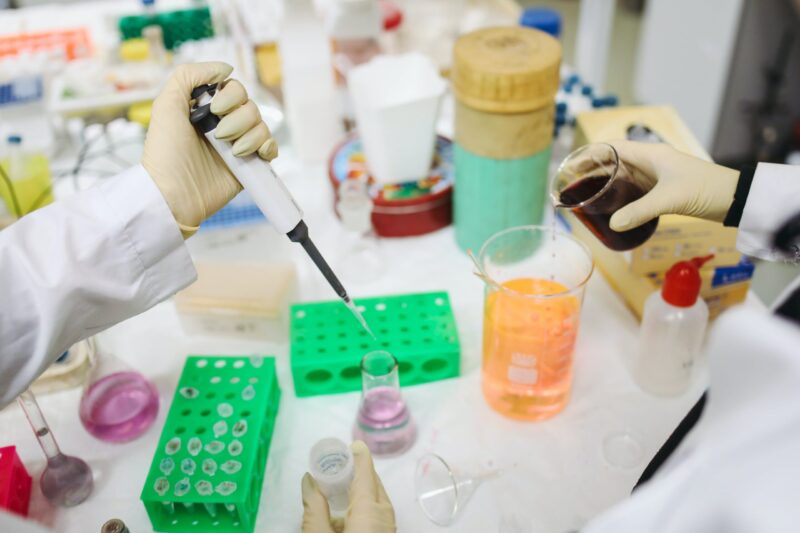No hospitals relay quick and vital health services at a community level like Level 1 Hospitals In Kenya. These hospitals play a pivotal role as community-focused facilities, addressing the primary healthcare needs of local populations. They are typically run by certified medical clinical officers, and serve as the first line of defense against various health challenges. In this exhaustive guide, we will explore the essential services provided by Level 1 Hospitals in Kenya and delve into the necessary equipment and resources required to empower these community health facilities.
What Makes Level 1Hospitals in Kenya Tick?
Level 1 Hospitals are community health facilities designed to offer accessible and basic healthcare services to the local population. Often situated in rural or underserved areas, these hospitals are the cornerstone of primary healthcare, providing essential medical services and acting as a gateway for individuals seeking medical attention.
1. Personnel and Certification
Certified medical clinical officers are at the forefront of Level 1 Hospitals. These professionals are trained to diagnose and treat minor ailments, conduct screenings, and provide essential healthcare services. Their role is crucial in bridging the gap between communities and more specialized healthcare facilities.
2. Services Offered in Level 1 Hospitals in Kenya
The basic services these hospitals offer are essential in a community setting. The fact that they are situated in rural and inaccessible areas highlights their key roles.
- Treatment of Minor Ailments: Level 1 Hospitals are equipped to handle the diagnosis and treatment of common, non-severe illnesses and injuries. This includes respiratory infections, minor injuries, and other ailments that do not require specialized care.
- TB Screening: Tuberculosis (TB) remains a global health concern, and Level 1 Hospitals contribute to early detection through routine screenings. Prompt identification of TB cases is crucial for effective treatment and preventing further transmission.
- Malnutrition Screening: Particularly relevant in communities with limited access to nutritional resources, malnutrition screening is a vital service provided by Level 1 Hospitals. Early detection allows for timely intervention and support.
- Malaria Rapid Test: In regions where malaria is endemic, rapid testing for malaria is a valuable service. Early diagnosis enables prompt treatment, preventing the progression of the disease and its complications.
- Blood Pressure and Blood Sugar Testing: Regular monitoring of blood pressure and blood sugar levels is essential for preventing and managing chronic conditions such as hypertension and diabetes. Level 1 Hospitals provide this fundamental service to the community.
- HIV Testing: Level 1 Hospitals contribute to HIV prevention and management by offering testing services. Early detection facilitates timely intervention and access to appropriate care.
- Referral Letters: When cases require specialized care or treatment beyond the capabilities of a Level 1 Hospital, referral letters are issued to higher-level facilities. This ensures that patients receive the appropriate level of care for their specific health needs.
3. Hospital Equipment for Level 1 Hospitals
To ensure efficient service delivery, hospitals should have the required equipment, especially Level 1 Hospitals. The equipment includes:
- Basic Diagnostic Tools: Level 1 Hospitals need fundamental diagnostic equipment such as thermometers, stethoscopes, and sphygmomanometers for assessing vital signs and diagnosing common ailments.
- Malaria Rapid Test Kits: Given the prevalence of malaria in some regions, Level 1 Hospitals should be equipped with rapid test kits for quick and accurate diagnosis.
- TB Screening Tools: Tools for TB screening, such as chest X-ray machines or portable chest radiography devices, are essential for the early detection of tuberculosis cases.
- Blood Pressure Monitors: Reliable blood pressure monitors are crucial for routine screenings and monitoring patients with hypertension or other cardiovascular conditions.
- Blood Glucose Monitoring Devices: To facilitate blood sugar testing, Level 1 Hospitals need glucose monitoring devices to assess and manage diabetes cases within the community.
- HIV Testing Kits: Access to HIV testing kits is vital for providing testing services and promoting awareness of HIV/AIDS in the community.
- Basic Laboratory Equipment: While not as extensive as larger hospitals, Level 1 Hospitals should have basic laboratory equipment for conducting essential tests, such as complete blood counts and urinalysis.
- Treatment Facilities: Level 1 Hospitals should have facilities for providing basic treatments, including minor surgeries, wound care, and the administration of common medications.
- Medical Furniture: Essential furniture such as examination tables, chairs, and cabinets is necessary for creating a conducive environment for patient assessment and treatment.
- Communication Infrastructure: Reliable communication infrastructure, including phones and internet access, is essential for effective coordination, consultation, and communication with higher-level facilities.
4. Community Outreach and Health Education
In addition to offering medical services, Level 1 Hospitals play a crucial role in community outreach and health education. These facilities are conduits for disseminating information about preventive measures, healthy lifestyle choices, and the importance of regular health check-ups. Educational programs contribute to building a health-conscious community, fostering proactive health practices.
5. Challenges Level 1 Hospitals Face
Level 1 Hospitals often face challenges such as limited resources, infrastructure constraints, and a shortage of qualified personnel. Addressing these challenges requires a multifaceted approach, including increased funding, training programs for healthcare professionals, and community engagement initiatives to garner support and participation.
Conclusion
Level 1 Hospitals are the backbone of primary healthcare, offering essential services that are vital for the well-being of communities. The effective functioning of these community-focused facilities relies on a combination of qualified personnel, well-equipped facilities, and robust community engagement. By understanding the unique needs of Level 1 Hospitals and providing the necessary resources, we can empower these healthcare hubs to play a pivotal role in promoting community health and well-being. As we navigate the landscape of healthcare, let us recognize and prioritize the importance of Level 1 Hospitals as catalysts for positive health outcomes in our communities.


Write a comment
Your email address will not be published. All fields are required